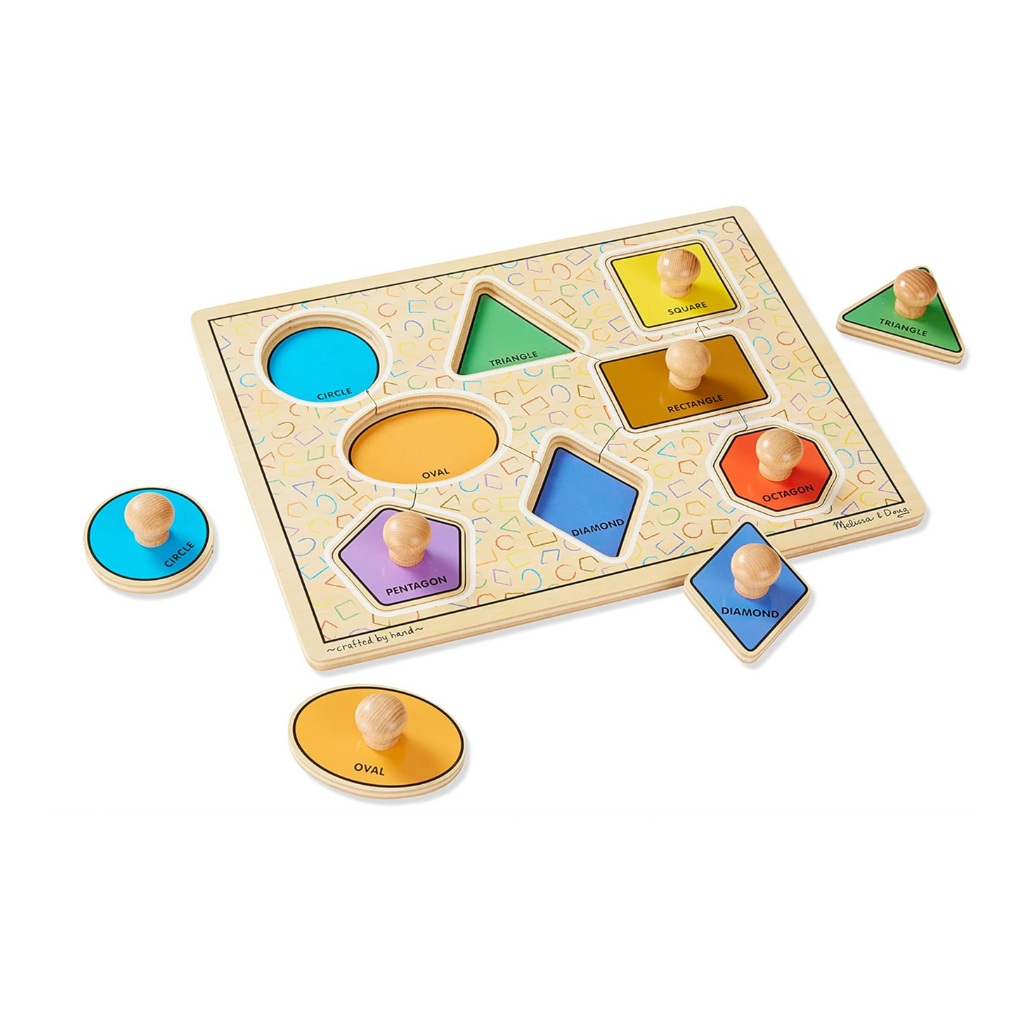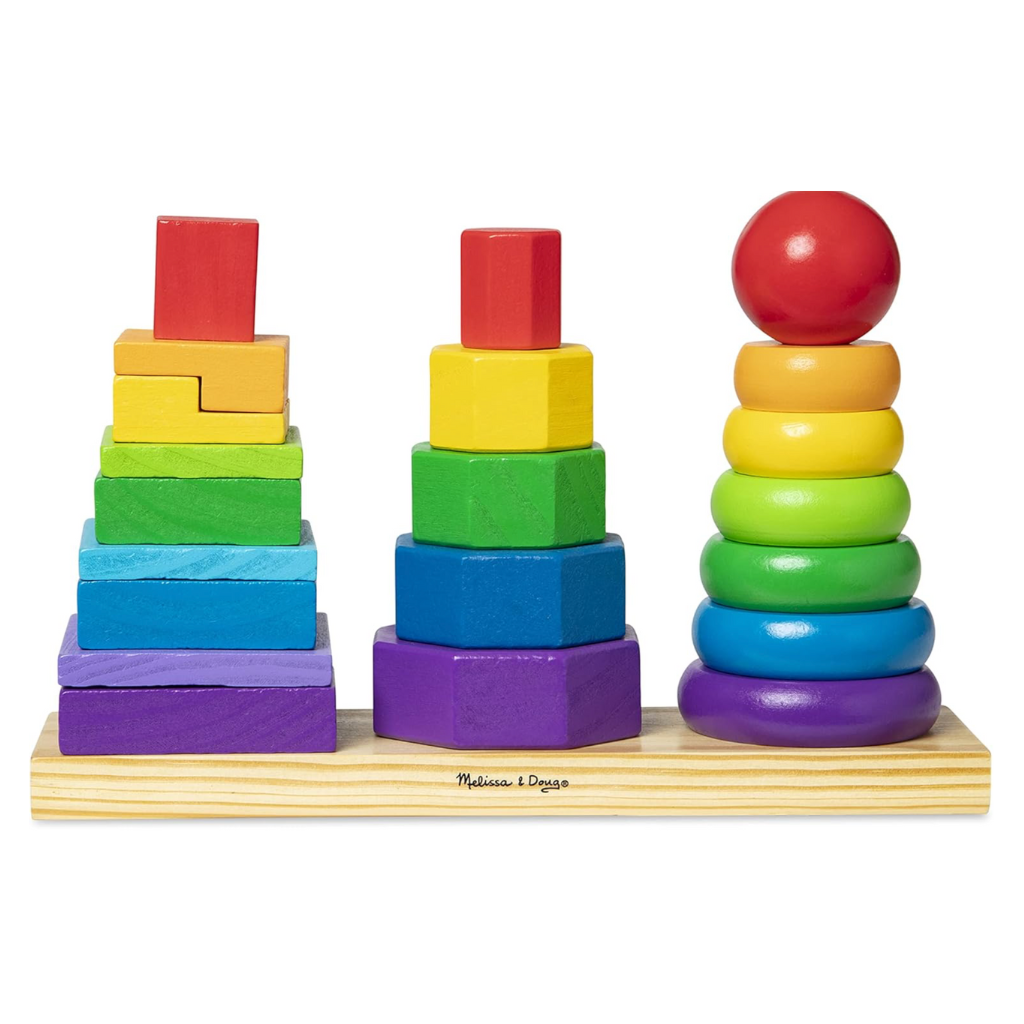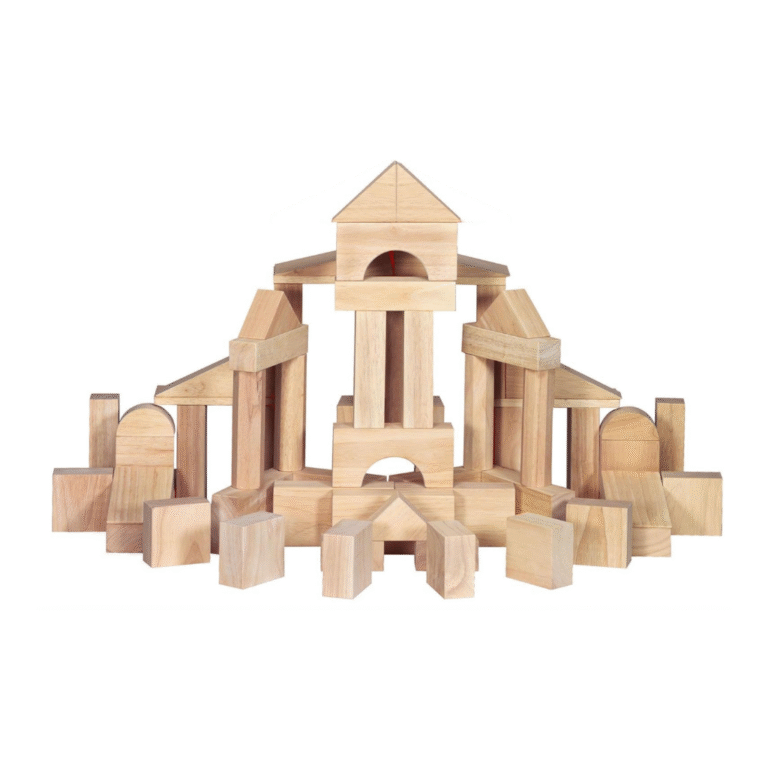The year was 2005. I was working in an early childhood education classroom that was built on one of the largest college campuses in the world. The classroom was designed for young children- soft spaces, rounded corners, sandboxes and shade, low shelves for toys, and resilient flooring in the play yard. Imagine 8 children in this classroom space, all of whom were between 2 months to 3 years old. There were no screens. It was an environment that invited children to play.
It would be easy to tell you that the answer to one of the most common parenting questions- “How do I teach my child to play on their own?”– is “Just set up your home environment and let them play”, but that would be deceiving. Back then, I was in my 20s, fresh out of college, unmarried, and had no kids of my own. I could get 10 hours of sleep if I wanted to and had minimal responsibilities. You and I both know life is different when you become a parent. You now have limited energy. You are very likely sleep-deprived, trying hard to prepare meals, pay bills, keep wellness appointments, and maybe you have other children and you help with homework. The emotions from the possible challenges and stress that you encounter are ones that you are managing as well.
The truth is, setting up your house for play is only one piece of the puzzle to encouraging independent play in children. It’s about taking an active part in building your child’s skills, requiring you to be intentional with what you do and say. Knowing and understanding your reasons for implementing independent play at home BEFORE taking any kind of action for change promotes long-term success and adaptability.
What is independent play and why is this a necessity in every parent’s home?
Independent play is, by definition, self-chosen and self-directed, independent of an adult. A child chooses what to play and how to play it, and an adult doesn’t need to be out of the room for this to take place. Independent play is not unsupervised play.
Play is critical. 80% of a child’s brain develops by age 3, 90% by age 5. The synapses and neural connections within the child’s brain are formed faster and more efficiently through play. They practice self-exploration and develop awareness, creative thinking, problem solving, confidence in themselves, attention maintenance, and the list goes on.
Playing independently is a skill, and it starts as early as infancy. Whether a child is an only child or they have siblings, a child’s job is to play, and they learn skills best in play when an adult isn’t interfering and telling them what or how to play. When a child doesn’t have the skill or confidence to play independently, it doesn’t just affect their development, it also affects the entire family. The adult responsibilities that are on your plate are not taken care of, adding up, which leaves you feeling frustrated, defeated, and tired. It’s difficult to be the parent you want to be when you don’t have the time to gather and organize yourself.
Encouraging independent play is a practice and culture within your home that you create during the small moments every day because, in the midst of a busy life, you know just how valuable it is, not just for your child, but for yourself and the rest of your family.
Here are my tried and true tips to creating a home environment that promotes independent play:
Tip number 1: Pay attention to your child’s play environment
The play environment should be a place where your child can play freely without adding stress to you or your child. Get rid of broken toys and place unsafe items out of reach. Ask yourself- “Am I constantly having to move my child from touching, climbing, or pushing certain objects or areas they’re not supposed to? Am I constantly having to say “No!” The idea is to minimize the times you have to say “No” to your child so they can focus on their play. You can do this by setting up a space for play and/or child-proofing your home.
Tip number 2: Meet your child’s basic needs
A child isn’t able to play well if they are hungry, tired, or have a soiled diaper. Meeting your child’s basic needs first prepares their brain and system for learning.
Tip number 3: Provide connection time
Set aside some time to give undivided attention to your child. No distractions. Just time to be with your child doing something they enjoy- games, walks, books, conversations. This connection time or time together fills their “emotional cup” and they are much more willing and able to play independently.
Tip number 4: Set a predictable time in your schedule for play
Children thrive when they know what to expect. When play is built into the everyday routine, children can anticipate it and it’s regarded as “part of the day” so independent play is much more likely to happen. In my family, after breakfast has always been a great time. You can tell your child, “After breakfast I’ll be doing the dishes while you play. We’ll spend time together afterwards.”
Tip number 5: Start with small increments of time
Learning how to play independently requires stamina. They’re building focus and attention for it little by little. Start with 5 minutes of independent play, then after a few days, increase it gradually. You can tell them, “I’m going to load the dryer while you play. I’ll be back.” When you’re finished, honor your word and go back to them. They may be ready to connect with you or they might want to continue playing alone. You can judge that for yourself.
Tip number 6: Hold your boundaries
Follow through on what you say. You tell your child, “I’m going to wash the dishes while you play. After I’m done, I’ll come back to you”. They may want to stay next to you as you wash the dishes, and that’s fine. That’s their choice. Finish those dishes and then check in on them. It lets them know that you are true to your word. Eventually, they begin to trust what you say and they’ll play and keep themselves busy, sometimes farther away from you, because they know you’ll come back.
Tip number 7: Offer open-ended toys
Open-ended toys are toys that can be used in multiple ways versus a closed-ended toy that serves one purpose and one function. Open-ended toys give your child the opportunity to build on their play, enhancing creativity and imagination, so it’s great for longer periods of play.
You can see examples of open-ended toys and closed-ended toys below.
Tip number 8: Move the play closer to you
Your child may want to play in the same room as you. Allow them this opportunity. Sometimes they need that connection and a feeling of safety in order to play independently. Set up their lego station nearby while you fold laundry. Bring their bin of wooden blocks onto the floor mat while you do morning yoga. We accommodate as much as we can during this skill-building process.
Tip number 9: Don’t interrupt their play unnecessarily
I can’t stress the importance of this enough. When children are engaged in play, avoid interrupting them if there’s no need. If it’s to change a soiled diaper or it’s time for a bath, then interruption of play is warranted. But if it’s to impose our own ideas on their play, then we break their concentration and send the message that what they’re doing isn’t good enough. It hinders their confidence and focus and they become reliant on us for their play.
When children are provided opportunities for independent play, and we are supportive, empathic, and respectful of their development as they engage in their learning process, they become equipped to expand their innate ability to explore the world around them. In doing so, they learn valuable insights into who they are, what they’re capable of, and the value of their work.










